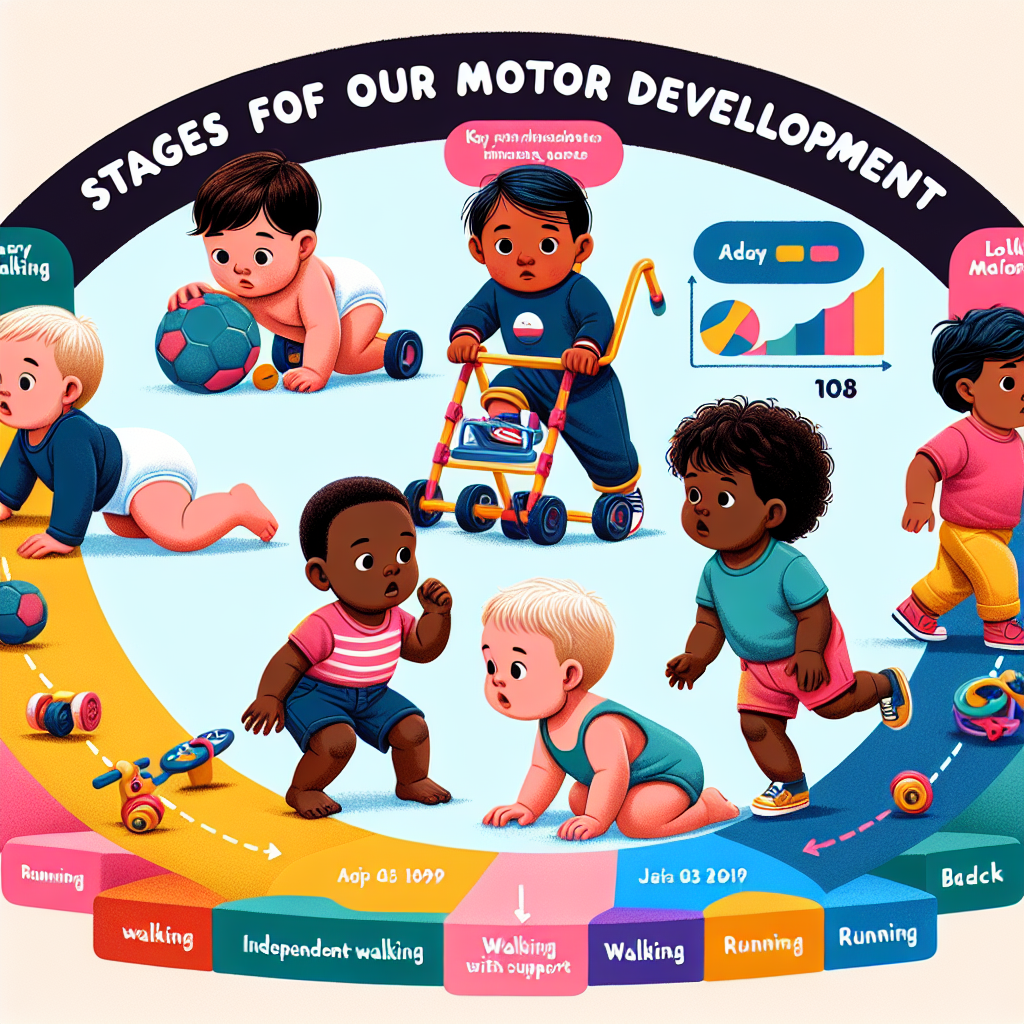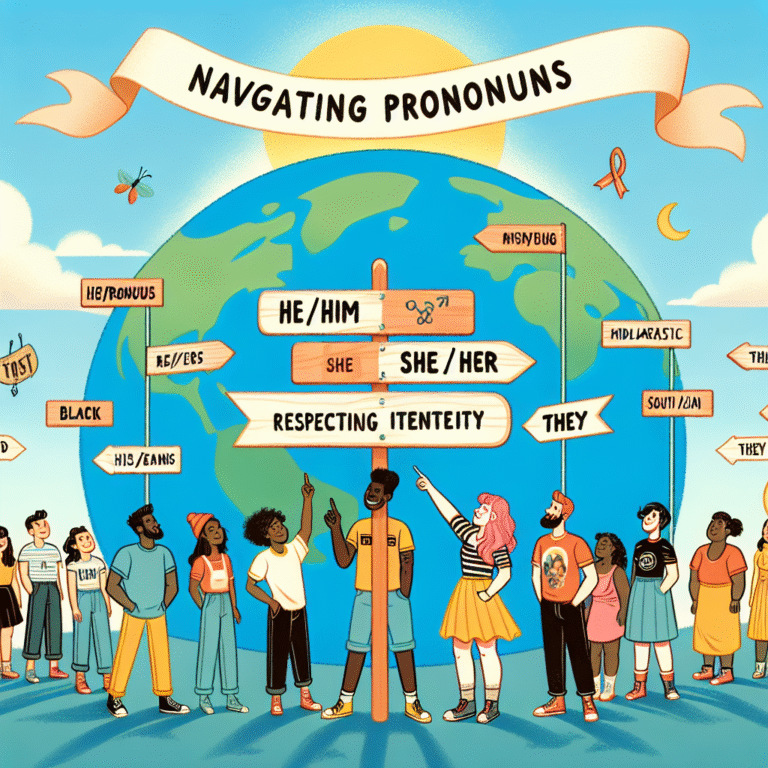
Introduction
Have you ever marveled at the way a child transforms from a tiny, wobbly infant to a mobile, energetic toddler? The journey from crawling to running is a profound period of growth, not just physically but also cognitively and socially. Understanding milestones in motor development is essential for parents, caregivers, educators, and healthcare professionals. It provides us with insights into how children interact with their environment and helps us gauge their development. In this article, we will delve deep into the fascinating phases of motor development, emphasizing the vital milestones that occur in this transformative journey.
Understanding Motor Development
Motor development refers to the progression of movement skills in children, typically outlined in stages. These stages are crucial as they form the foundation for more complex skills later in life. The early years of life are marked by rapid growth, and understanding each milestone in the journey from crawling to running—milestones in motor development—can unveil not only a child’s physical abilities but also their cognitive and emotional growth.
Theoretical Frameworks
Several theories ascribe to how children develop motor skills. The most notable include:
-
Cognitive Theory: This suggests that cognitive growth drives physical development. As children learn and understand their world, they become more adept at moving within it.
-
Behavioral Theory: This theory posits that children learn motor skills through imitation and reinforcement. Observing older children or adults can significantly impact a child’s desire and ability to move.
- Ecological Perspective: This view emphasizes the interaction between the child and their environment, accounting for physical, social, and emotional influences on motor skills.
Understanding these theories provides a deeper context for the various milestones in this developmental journey.
The Milestones in Motor Development
1. Tummy Time: The Foundation of Movement
Before a child can crawl, they must first develop core strength. Tummy time is essential for this as it helps infants learn to lift their heads and engage their arms and legs. Research indicates that infants who experience adequate tummy time are more likely to reach crawling milestones earlier.
| Age Range | Milestones |
|---|---|
| 1-3 Months | Lifting head during tummy time |
| 3-6 Months | Pushing up on hands |
Real-World Application: Case Study
In a study by the American Academy of Pediatrics, it was determined that infants who participated in tummy time showed improved motor skills by their first birthday compared to those who did not. This underscores the significance of this early practice.
2. Rolling Over: Gaining Independence
By around 4-6 months, most infants begin to roll over. This milestone in motor development is a vital leap towards independent movement. Rolling not only enhances muscle control but also allows infants to explore their environment further.
3. Crawling: The Gateway to Exploration
Crawling typically begins between 6-10 months and represents a major milestone in motor development. As babies transition from stationary to mobile, their world expands dramatically.
| Type of Crawling | Description |
|---|---|
| Army Crawling | Dragging body using arms |
| Standard Crawling | Moving on hands and knees |
| Bear Crawling | Moving with hands and feet |
Real-World Application: Case Study
A pediatric occupational therapist once recounted a case where a 9-month-old baby, who had not yet crawled, struggled with reaching for toys. Once introduced to various crawling exercises, the child improved significantly, both in motor skills and sensory processing.
4. Pulling Up: Standing Tall
Once crawling is mastered, the next milestone often occurs between 9 and 12 months—pulling up to a standing position. This development requires significant coordination and strength, showcasing a child’s readiness for more complex physical activities.
5. Cruising: The Precursor to Walking
As children master standing, they begin to "cruise" along furniture, enhancing their balance and coordination. This stage is vital as it integrates lateral movements into their motor repertoire.
6. First Steps: A Leap into Mobility
Around the age of 12 months, most children take their first independent steps. This monumental achievement marks the transition from crawling to running and is one of the most anticipated milestones for parents.
| Age Range | Milestone |
|---|---|
| 10-15 Months | First steps initiated |
Real-World Application: Case Study
In a notable observation of various children, a child named Lily started walking at 11 months. Her parents noticed significant boosts in her confidence and exploration after she began walking. This aligns with research indicating that walking not only enhances motor skills but also contributes to cognitive development.
7. Running: Full Speed Ahead!
After mastering walking (typically around 12-15 months), children begin to run—usually by 18 months. Running signifies not just physical capability but also an eagerness to explore and interact with the world.
The Importance of Movement Milestones
These milestones—as outlined from crawling to running—play a crucial role in a child’s overall development. They connect movement with learning and interaction, forming the basis for social and emotional growth as well.
The Connection to Cognitive Development
Research consistently shows that physical movement is intimately linked to cognitive development. Children who engage in movement activities tend to exhibit improved focus, problem-solving abilities, and overall cognitive function.
Social Skills and Motor Development
As children achieve these motor milestones, they also develop social skills. Running toward a friend, navigating a play area, or engaging in group activities fosters social interaction that is essential for well-rounded development.
Addressing Parental Concerns
1. What if my child is not meeting these milestones?
Every child is unique, and variations in development are common. However, if you have concerns, consulting a pediatrician can help guide you on the appropriate next steps.
2. How can I support my child’s motor development?
Encouraging activities like tummy time, providing safe spaces to crawl and explore, and engaging in play that requires movement will enhance motor skills.
3. What activities are best for promoting crawling?
Interactive toys that encourage reaching, as well as facilitating safe exploration within a home environment, can nurture a child’s crawling skills.
4. Is it normal for some children to skip crawling?
Yes! Some children may skip crawling altogether and go straight to walking. That said, it’s beneficial to ensure they have other opportunities for movement.
5. How does nutrition impact motor development?
Nutrition is fundamental for overall growth and development. A balanced diet rich in vitamins and minerals supports optimal muscle and brain development, contributing to motor skills.
Conclusion
The journey from crawling to running: milestones in motor development not only signify a child’s physical growth but are woven intricately with cognitive and emotional development. By understanding these stages, we can celebrate each achievement and foster environments that encourage exploration and movement.
In conclusion, remember that every child’s journey is unique. Encourage their curiosity, celebrate their milestones, and provide support as they embark on their adventure of life—one tiny step at a time.
FAQs
-
What signs should I watch for to determine if my child’s motor development is on track?
Watch for age-appropriate milestones such as tummy time, rolling over, and crawling. Consult your pediatrician if you have concerns. -
How can I create a safe space for my child to explore?
Baby-proof your home by removing sharp objects and creating safe areas for movement. Use soft mats for crawling or walking practice. -
Are there specific toys that can aid in motor development?
Look for toys that encourage movement, such as push toys, activity centers, and soft balls that promote throwing and kicking. -
What role do parents play in motor development?
Parents are crucial in providing encouragement, engaging in active play, and creating an environment that fosters movement and exploration. - Why is it important for children to engage in physical activities?
Physical activities boost motor skills, cognitive functions, and social interactions, forming a holistic approach to child development.
In this enlightening exploration of milestones in motor development, we see how far children come from crawling to running. Empowering children to reach these milestones contributes to their confidence, curiosity, and the immense potential that lies ahead.


















